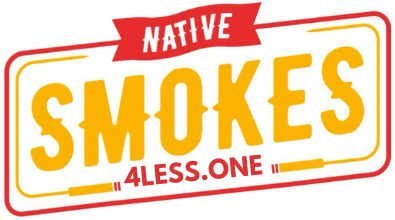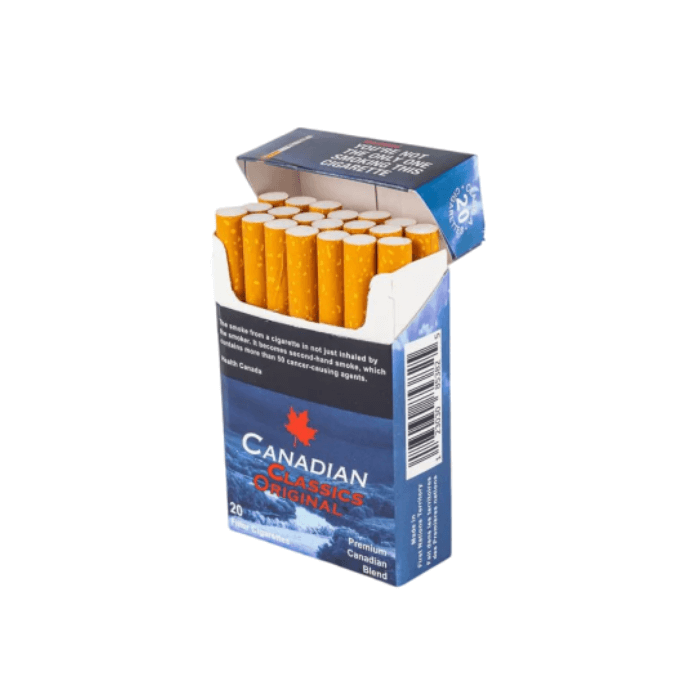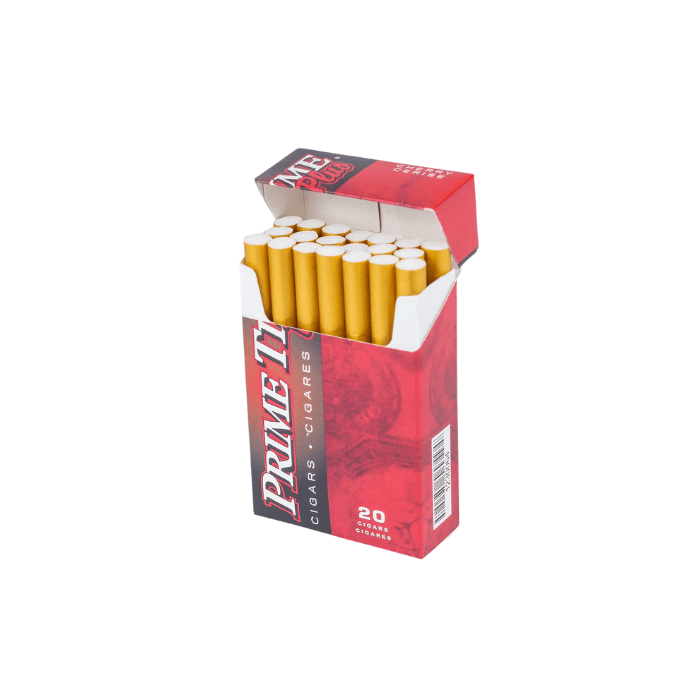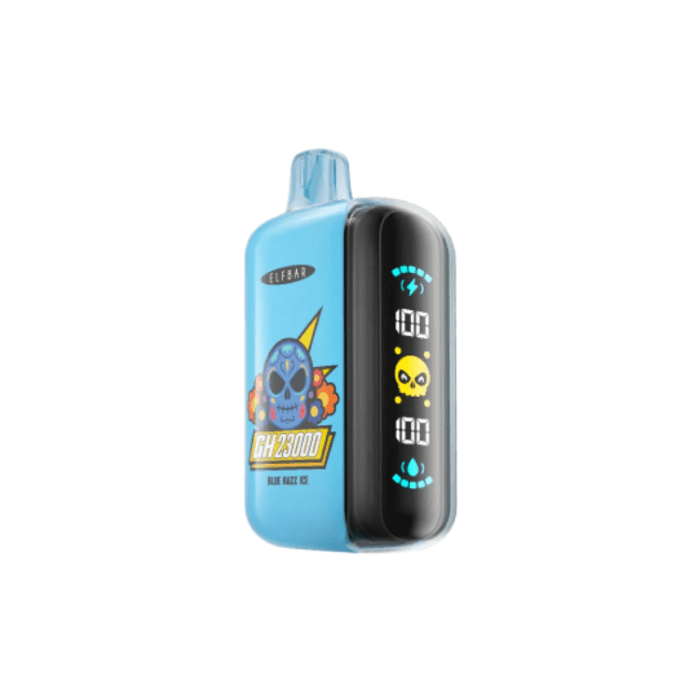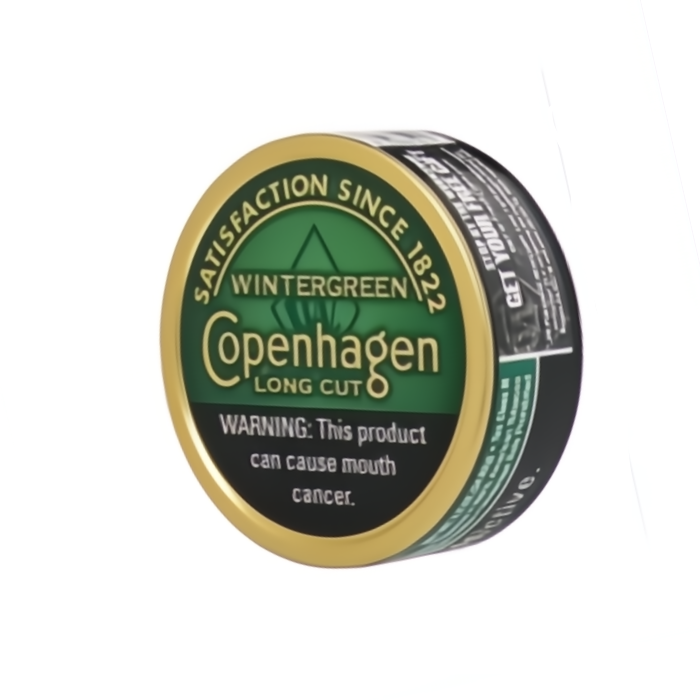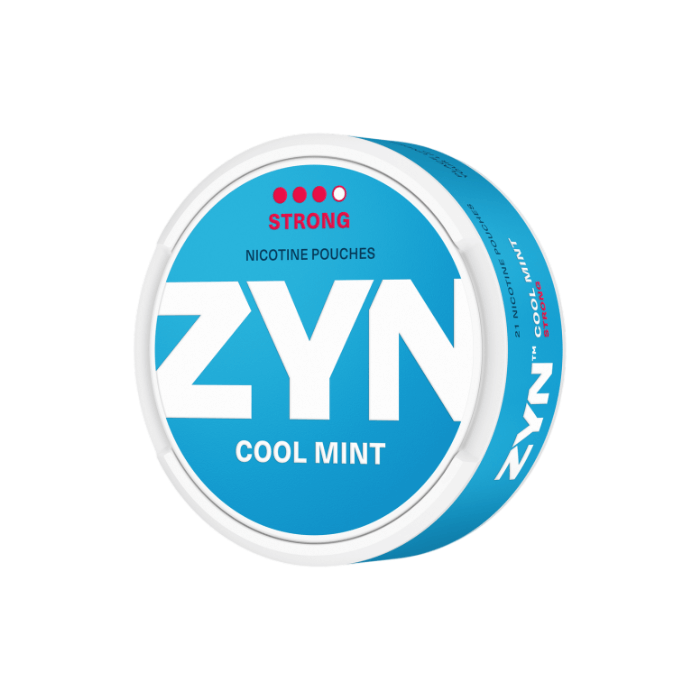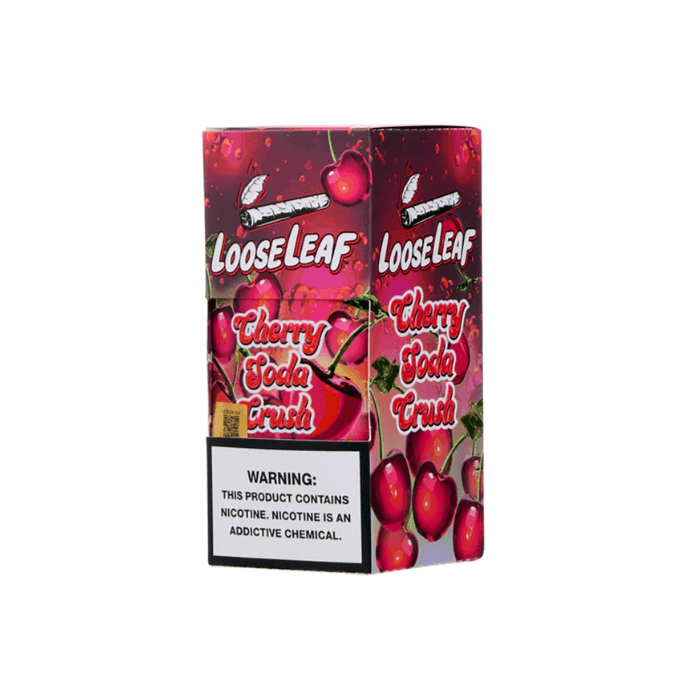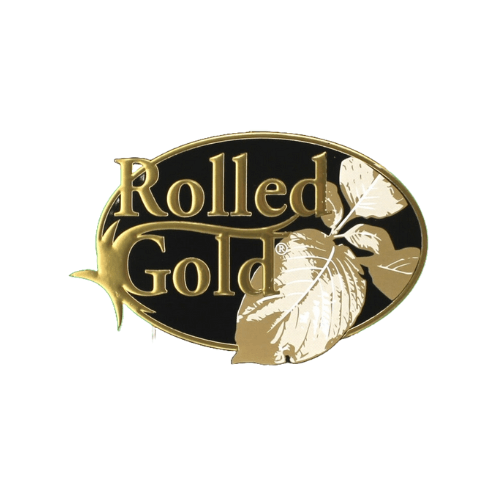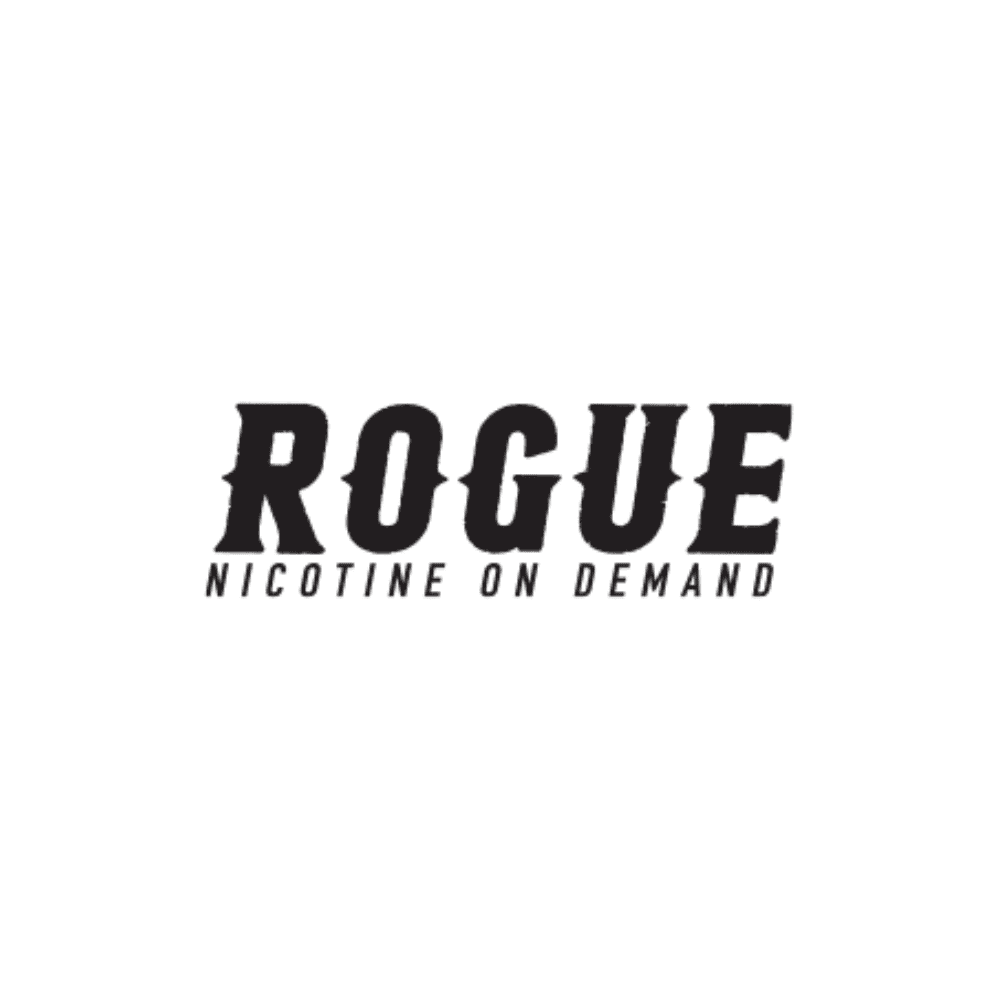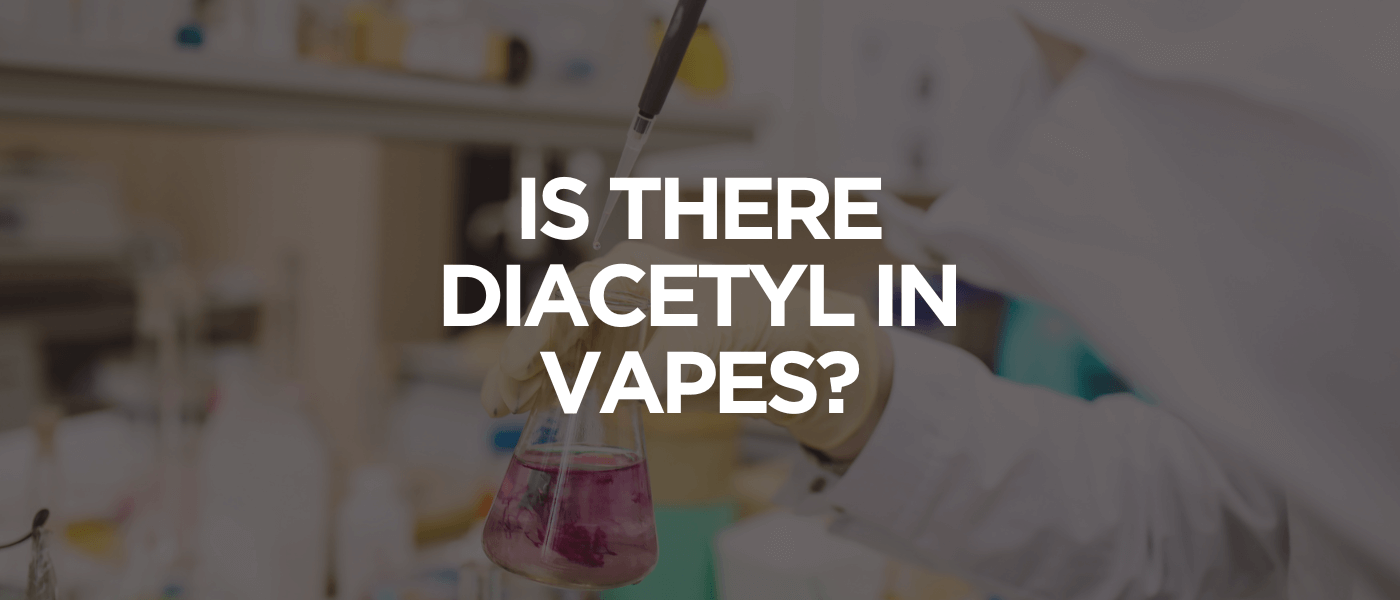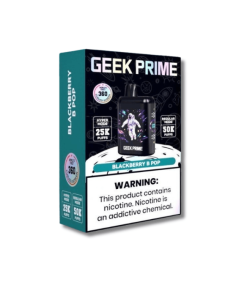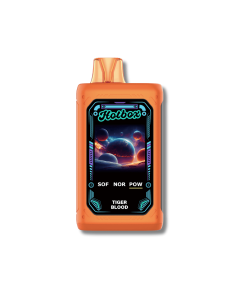If you’ve been exploring vape options in Canada, there’s a good chance you’ve come across the word diacetyl. It’s been mentioned in headlines, discussed in vaping circles, and debated by public health experts. But what is diacetyl, and more importantly, is it lurking in the vape you’re using? In this article, we’ll take a clear-eyed look at diacetyl, where it comes from, what risks it carries, and whether or not it shows up in vape products available in Canada. This isn’t about scaring anyone—it’s about transparency. Whether you’re new to vaping or an experienced enthusiast, knowing what goes into your device matters.
What is Diacetyl?
Diacetyl is a chemical compound used to create a rich, buttery flavor. It’s naturally present in some dairy products and also used in food manufacturing—especially in microwave popcorn. That’s actually where most people first heard about it. But when inhaled, especially in high concentrations, it’s a different story.In the vaping world, diacetyl may be used as a flavoring agent in e-liquids, especially those mimicking desserts, custards, or buttery notes. It’s part of a family of compounds called diketones, which can also include acetoin and 2,3-pentanedione. The presence of diacetyl in vape liquids is often unintentional—it can develop as a byproduct during the mixing process or be carried over from flavour concentrates.
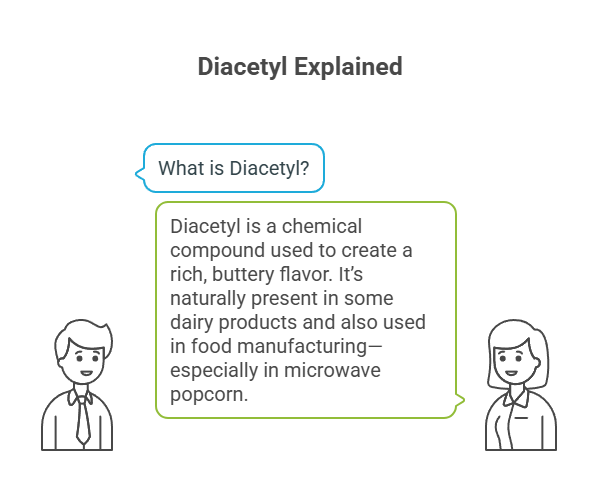
Health Risks Associated with Diacetyl
Diacetyl doesn’t raise many eyebrows when it’s part of your food—your digestive system can process it without much issue. But the story changes entirely when the compound is inhaled. The lungs are sensitive organs, not built to filter chemicals like diacetyl in vaporized form. This is where the concern around e-cigarettes and electronic cigarettes enters the picture.
When someone is inhaling diacetyl, especially over time, it can irritate the bronchioles and cause lasting damage. Repeated diacetyl exposure has been linked to inflammation, scarring, and narrowing of the airways. These are not just short-term symptoms like coughing—they can evolve into chronic conditions that require medical attention. In fact, researchers have found that lung disease connected to diacetyl is often irreversible once it progresses.
The initial red flags were raised by a group that never touched a vape: popcorn factory workers. These workers were routinely inhaling diacetyl released during the production of artificially flavored popcorn. Over time, some of them developed what was later classified as a serious lung disease—bronchiolitis obliterans. It was severe enough to trigger lawsuits, workplace reforms, and nationwide investigations.
Now, with electronic cigarettes on the market, we’re seeing a parallel concern. While most Canadian vape manufacturers strive to eliminate risky ingredients, not all products are free from diacetyl or its chemical cousins. Vape liquids—especially those with creamy or buttery flavor profiles—may carry trace levels of diacetyl unless rigorously tested. This is why e-cigarettes that aren’t regulated or tested properly raise red flags among health professionals.
Another concern is that diacetyl exposure through vaping is often more direct than other forms. The chemical is heated and aerosolized—making it easier to reach deep into the lungs. Unlike in workplace settings, where exposure might be incidental or passive, vape users are inhaling diacetyl directly, sometimes dozens of times a day.
The takeaway here is simple: the route of exposure matters. What’s harmless in your buttered popcorn becomes something else entirely when drawn into your lungs via an electronic cigarette. Understanding these risks doesn’t mean giving up vaping altogether—it means choosing cleaner, better-sourced products from brands that prioritize safety and transparency.
The Risk of Popcorn Lung
Popcorn lung—a term that sounds oddly whimsical for such a damaging condition—is a serious medical concern rooted in workplace history. Officially known as bronchiolitis obliterans, this severe respiratory disease causes scarring and inflammation in the tiniest airways of the lungs, making it harder to breathe over time. It doesn’t develop overnight, but with repeated diacetyl inhalation, the damage can become permanent.
The nickname comes from a series of incidents in the early 2000s involving workers at a microwave popcorn plant. These individuals were exposed daily to flavoring chemicals, particularly diacetyl, used to create artificial butter flavour. Some employees developed coughing, wheezing, and shortness of breath—symptoms that mimicked chronic obstructive pulmonary disease (COPD), but without the typical smoking history. Eventually, health experts linked the cases to diacetyl exposure from airborne food flavorings.
What makes this especially relevant today is the rise of flavored e-cigarettes, which often use similar compounds found in food production. While e-cigarette users aren’t exposed to the same industrial concentrations as factory workers, the concern lies in the fact that many flavoring chemicals were never meant to be inhaled—only ingested. That distinction matters. The lungs are not equipped to filter or process aerosolized chemicals the way the digestive system can handle them.
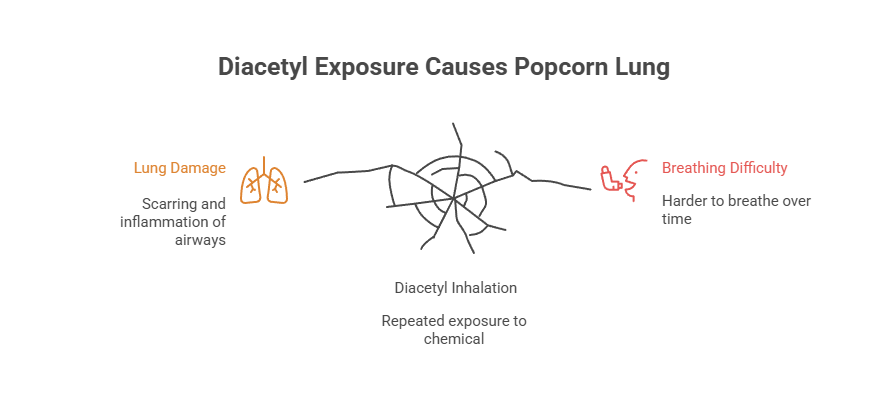
Occupational Exposure to Diacetyl
Before it became a vaping topic, diacetyl was already a regulated substance in industrial settings. Occupational health experts have long known that extended exposure in workplaces like flavor manufacturing or food processing can pose health hazards.In Canada and elsewhere, guidelines now exist to limit exposure in these industries. For example:
- Air monitoring in factories has been increased to reduce airborne concentrations.
- Personal protective equipment (PPE) is recommended for workers handling flavorings containing diketones.
- Ventilation standards have been updated to prevent accumulation of vapors.
The cases were alarming enough to prompt investigations from health agencies and a wave of scientific research. What made the situation particularly concerning was the fact that these individuals had no history of smoking or pre-existing respiratory conditions. Their only common factor was their routine inhalation of flavoring chemicals—specifically diacetyl—during shifts.
This spurred the American Lung Association and other organizations to advocate for stricter protections in the workplace. Eventually, companies in the food industry that used diacetyl—like popcorn, baked goods, and dairy flavour manufacturers—had to rethink their ventilation systems and safety protocols. In Canada and the U.S., regulations evolved to include exposure limits and personal protective equipment (PPE) for workers in environments where flavoring chemicals were aerosolized.
Today, concerns about occupational exposure to diacetyl have extended beyond food manufacturing. Coffee roasting facilities, flavouring labs, and even some e-liquid mixing operations may all involve some level of airborne chemical exposure. In response, occupational health guidelines have become more refined, emphasizing both monitoring and substitution—replacing diacetyl with less volatile alternatives where possible.
Diacetyl in Vape Products
As vaping continues to carve out space as an alternative to classic Canadian cigarettes, questions about what’s actually in e-liquids remain front and centre. Among those concerns, diacetyl still tops the list. Despite efforts by many reputable manufacturers to remove it from their products, studies have shown that a number of e-cigarette flavors—particularly those with sweet, creamy, or cocktail-flavored e-cigarettes—may still contain diacetyl or related compounds.
While the food and food industry consider diacetyl safe to eat in small quantities, inhaling it is a different matter. Your stomach and your lungs are two very different ecosystems. Inhalation bypasses your digestive system entirely, introducing chemicals directly into lung tissue. That’s why some researchers have gone so far as to label diacetyl dangerous—not because of its use in food, but because of what it does when vaporized and inhaled.
Even more concerning is the occasional presence of other flavoring chemicals in e-liquids that were never meant to be heated and inhaled. These compounds are commonly used by the food industry to create complex, layered flavour profiles. But when they’re used in e-liquids, there’s often little data about how they behave under high heat, or how they interact with lung tissue. The result is a lot of unknowns, and vaping shouldn’t come with surprises.
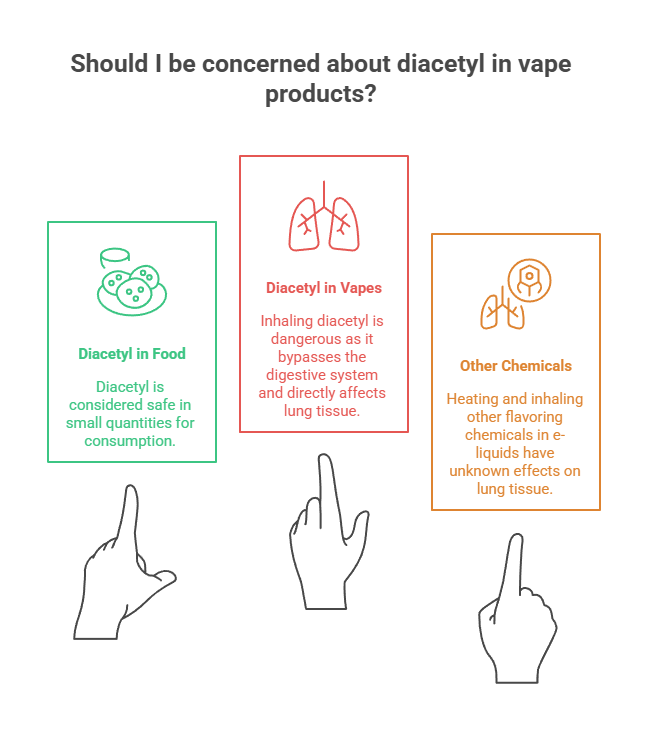
Regulatory Measures and Bans
The American Lung Association has taken a firm stance on this issue, warning that many e-cigarette flavors—especially those that mimic desserts, fruits, or cocktails—can contain diacetyl. Their position is clear: while vaping may present fewer risks than traditional cigarette smoke, that doesn’t mean all vaping products are safe across the board. It comes down to formulation and oversight.
Internationally, the EU Tobacco Products Directive has introduced stricter measures around ingredients allowed in e-liquids sold in Europe. While not a direct ban on diacetyl, this directive does place strong emphasis on ingredient disclosure and limits the use of certain chemicals known to be harmful when inhaled.
Canada, while taking a more measured approach, generally follows suit by encouraging transparency and safer formulations in its own domestic market.Canada has taken a cautious approach to vaping regulation, especially when it comes to ingredient safety. Health Canada does not explicitly ban diacetyl in vaping products, but it does require manufacturers to disclose ingredients and encourages them to avoid potentially harmful substances.
Frequently Asked Questions
Do all vapes have diacetyl?
While many reputable Canadian and international vape manufacturers have phased out diacetyl from their e-cigarette flavors, certain imported or black-market products may still include it—especially those with rich, buttery, or dessert-style profiles.
Is diacetyl bad for your lungs?
Yes, diacetyl can be harmful when inhaled, especially over time. While it’s considered safe to eat in small amounts, diacetyl inhalation has been linked to damage in the bronchioles
Does Elf Bar use diacetyl?
Elf Bar does not list diacetyl as an ingredient in their products. However, like with many international vape brands, ingredient transparency may vary depending on the country of sale and local regulations.
Summary
For Canadians who vape or are considering switching from cigarettes to vaping, the concern around diacetyl is valid—but manageable. Understanding what’s in your vape is part of taking ownership of your health and habits.That’s why sourcing your nicotine products from a trusted retailer is essential. At NativeSmokes4Less, we offer disposable vape products carefully selected and transparently labeled. Whether you’re trying to quit cigarettes or simply want better control over what you’re inhaling, we’re here to make sure you get exactly what you need—without surprises.Knowledge is the real power here. So next time you’re buying your vape or pouches, make sure it’s from someone who treats your lungs with respect. We’ve got you covered.
